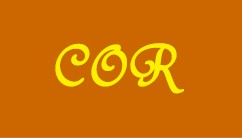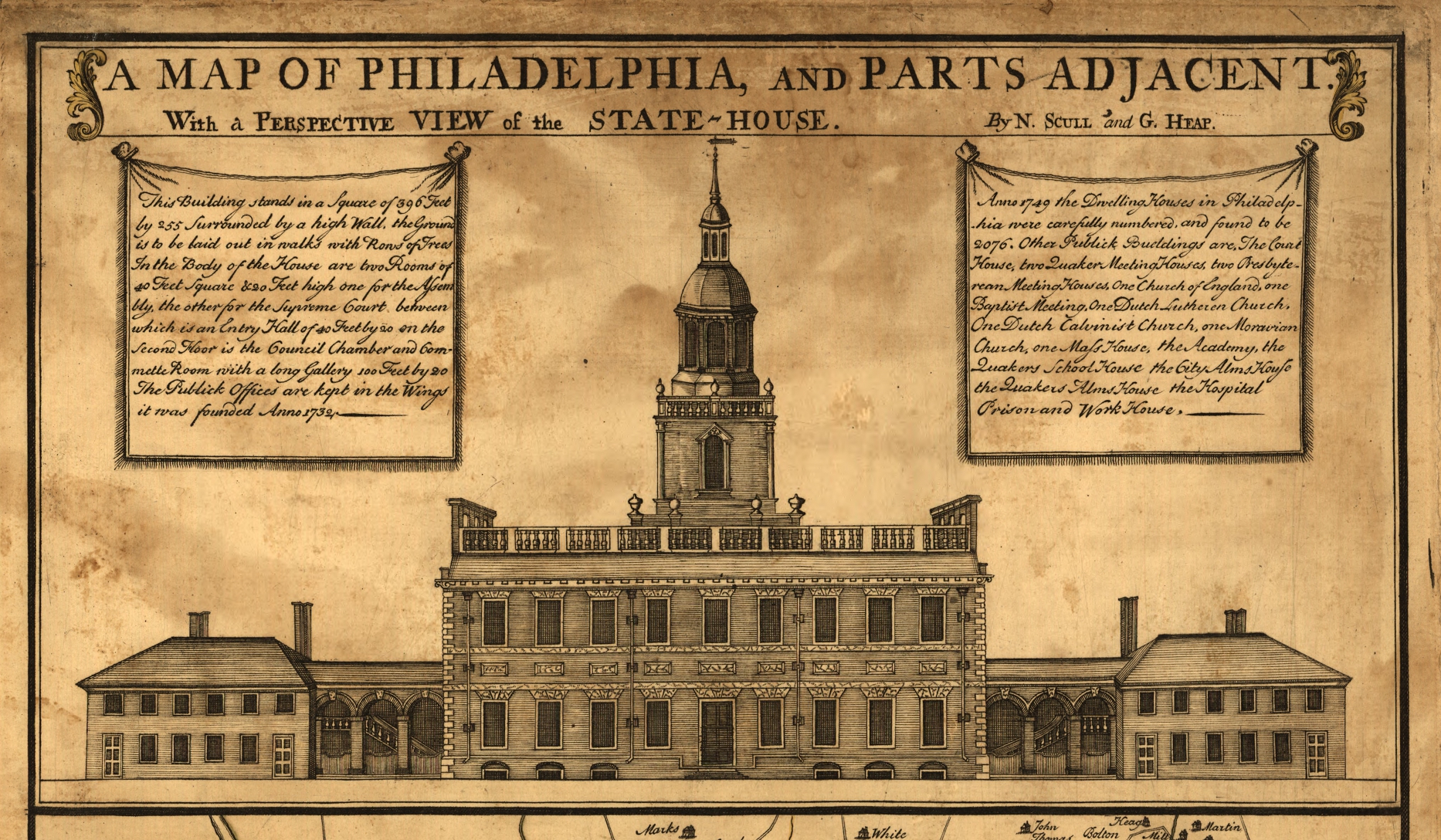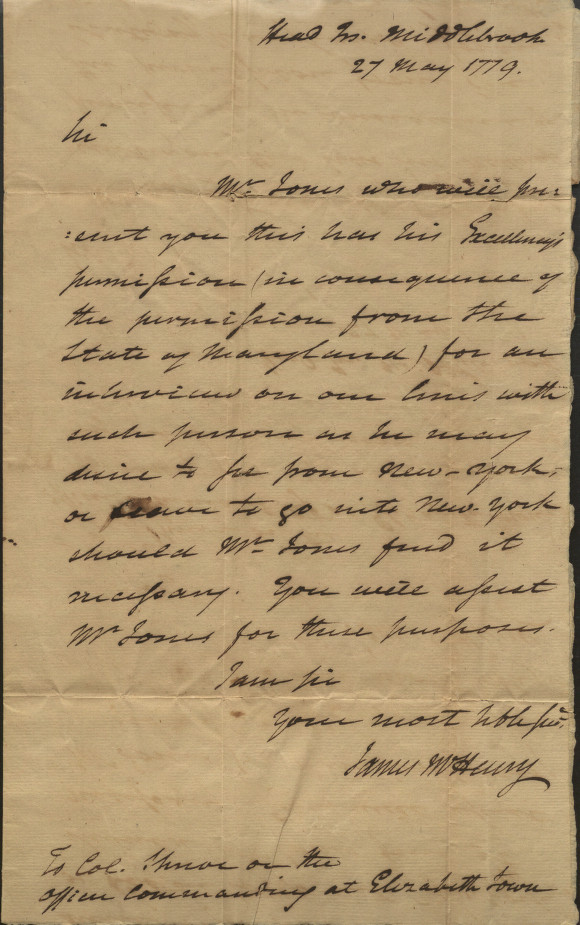|
Elizabeth Willing Powel
Elizabeth Willing Powel (February 21, 1743 – January 17, 1830) was an American socialite and a prominent member of the Philadelphia upper class of the late 18th and early 19th centuries. The daughter, later sister and then wife of mayors of Philadelphia, she was a salonnière who hosted frequent gatherings that became a staple of political life in the city. During the First Continental Congress in 1774, Powel opened her home to the delegates and their families, hosting dinner parties and other events. After the American Revolutionary War, she again took her place among the most prominent Philadelphian socialites, establishing a salon of the Republican Court of leading intellectuals and political figures. Powel corresponded widely, including with the political elite of the time. She was a close friend and confidante to George Washington and was among those who convinced him to continue for a second term as president. She wrote extensively, but privately, on a wide range of ... [...More Info...] [...Related Items...] OR: [Wikipedia] [Google] [Baidu] |
Matthew Pratt
Matthew Pratt (September 23, 1734 – January 9, 1805) was an American "Colonial Era" artist famous for his portraits of American men and women. He was born in Philadelphia, Province of Pennsylvania to goldsmith Henry Pratt, (1708–1748) and Rebecca Claypoole, (1711–1762) (sister of James Claypoole Sr.), he was the second of eight children born to the Pratts. Apprenticeship He was apprenticed to his uncle, artist James Claypoole (a limner and painter) from 1745 to 1755. He learned different aspects of portrait painting (including business acumen) from Claypoole. In 1764 he escorted his cousin, Betsey Shewell to England for her marriage to the American "expatriate" artist Benjamin West. West was gaining a distinguished reputation in England. Pratt stayed on in England for two and a half years as a pupil and colleague to West. It was during this time that he painted one of his best known works "The American School". Back in America In March 1768 he returned to America. Ch ... [...More Info...] [...Related Items...] OR: [Wikipedia] [Google] [Baidu] |
American Revolutionary War
The American Revolutionary War (April 19, 1775 – September 3, 1783), also known as the Revolutionary War or American War of Independence, was a major war of the American Revolution. Widely considered as the war that secured the independence of the United States, fighting began on April 19, 1775, followed by the Lee Resolution on July 2, 1776, and the Declaration of Independence on July 4, 1776. The American Patriots were supported by the Kingdom of France and, to a lesser extent, the Dutch Republic and the Spanish Empire, in a conflict taking place in North America, the Caribbean, and the Atlantic Ocean. Established by royal charter in the 17th and 18th centuries, the American colonies were largely autonomous in domestic affairs and commercially prosperous, trading with Britain and its Caribbean colonies, as well as other European powers via their Caribbean entrepôts. After British victory over the French in the Seven Years' War in 1763, tensions between the motherla ... [...More Info...] [...Related Items...] OR: [Wikipedia] [Google] [Baidu] |
Powelton Village, Philadelphia
Powelton Village is a neighborhood of mostly Victorian, mostly twin homes in the West Philadelphia section of the United States city of Philadelphia, Pennsylvania. It is a national historic district that is part of University City. It extends north from Market Street to Spring Garden Street, east to 32nd Street, west to 40th and Spring Garden Streets, and to 44th and Market Streets. History Powelton Village takes its name from the Powel Family, seventeenth- and eighteenth-century Welsh colonialists who held extensive estates in the area. Samuel Powel served as mayor of Philadelphia from 1775 to 1776 and again from 1789 to 1790. As in other parts of West Philadelphia, in the late 1800s trolley lines opened the area up to urbanization. Powelton soon became a choice residential spot for Philadelphia industrial tycoons. Powelton's luster began to wane by the 1920s, and by the 1940s the neighborhood was populated by low-income families and infested with "bottom" gangs, whose membe ... [...More Info...] [...Related Items...] OR: [Wikipedia] [Google] [Baidu] |
New York City
New York, often called New York City or NYC, is the most populous city in the United States. With a 2020 population of 8,804,190 distributed over , New York City is also the most densely populated major city in the United States, and is more than twice as populous as second-place Los Angeles. New York City lies at the southern tip of New York State, and constitutes the geographical and demographic center of both the Northeast megalopolis and the New York metropolitan area, the largest metropolitan area in the world by urban landmass. With over 20.1 million people in its metropolitan statistical area and 23.5 million in its combined statistical area as of 2020, New York is one of the world's most populous megacities, and over 58 million people live within of the city. New York City is a global cultural, financial, entertainment, and media center with a significant influence on commerce, health care and life sciences, research, technology, educa ... [...More Info...] [...Related Items...] OR: [Wikipedia] [Google] [Baidu] |
Philadelphia Society For The Preservation Of Landmarks
The Philadelphia Society for the Preservation of Landmarks (aka Landmarks) founded in 1931, maintains and preserves four historic house museums in the region around Philadelphia, Pennsylvania. These are: * Grumblethorpe * Hill-Physick-Keith House * Powel House * Waynesborough These are open for the education and enjoyment of the public and its members. History The Philadelphia Society for the Preservation of Landmarks has played a significant role in the historic preservation movement in Philadelphia by restoring, furnishing and presenting to the public its distinguished house museums. Landmarks has an interesting history of its own. In 1931, roused by the news that the historic Powel House was to be demolished in six weeks, Frances Anne Wister and Sophia Cadwalader and a group of strong supporters (including famous names like Biddle, Barnes, Curtis and Lippincott) founded Landmarks to save the house. The newly formed Landmarks was successful despite the economic depressio ... [...More Info...] [...Related Items...] OR: [Wikipedia] [Google] [Baidu] |
Christ Church, Philadelphia
Christ Church is an Episcopal church in the Old City neighborhood of Philadelphia. Founded in 1695 as a parish of the Church of England, it played an integral role in the founding of the Protestant Episcopal Church in the United States. In 1785, its rector, William White, became the first Presiding Bishop of the Episcopal Church. From 1754 to 1810, the church's tower and steeple was the tallest structure in the Thirteen Colonies and, later, the tallest structure in the United States. History Christ Church was founded in 1695 by members of the Church of England, who built a small wooden church on the site by the next year. In 1700, Evan Evans travelled from Wales to become their rector. When the congregation outgrew the original building twenty years after its construction, they decided to erect a new church, the most sumptuous in the colonies. The main body of the church was constructed between 1727 and 1744, and the steeple was added in 1754, making it the tallest buildin ... [...More Info...] [...Related Items...] OR: [Wikipedia] [Google] [Baidu] |
Independence Hall
Independence Hall is a historic civic building in Philadelphia, where both the United States Declaration of Independence and the United States Constitution were debated and adopted by America's Founding Fathers. The structure forms the centerpiece of the Independence National Historical Park and has been designated a UNESCO World Heritage Site. The building was completed in 1753 as the Pennsylvania State House and served as the capitol for the Province and Commonwealth of Pennsylvania until the state capital moved to Lancaster in 1799. It was the principal meeting place of the Second Continental Congress from 1775 to 1781 and was the site of the Constitutional Convention in the summer of 1787. A convention held in Independence Hall in 1915, presided over by former U.S. president William Howard Taft, marked the formal announcement of the formation of the League to Enforce Peace, which led to the League of Nations in 1920 and the United Nations, a quarter century later. P ... [...More Info...] [...Related Items...] OR: [Wikipedia] [Google] [Baidu] |
Powel House
The Powel House is a historic house museum located at 244 South 3rd Street, between Willings Alley and Spruce Street, in the Society Hill neighborhood of Philadelphia, Pennsylvania. Built in 1765 in the Georgian style,, p.46 and embellished by second owner Samuel Powel (1738–1793), it has been called "the finest Georgian row house in the city." As with other houses of this type, the exterior facade is understated and simple, but the interior was elaborately appointed. History The elegant brick city house was built for Charles Stedman, a merchant and shipmaster. Before he occupied it, Stedman fell into financial trouble – eventually winding up in debtors' prison., p.28 The house was purchased for £3,150 on August 2, 1769, by Samuel Powel, who would become the last mayor of Philadelphia under British rule and the city's first mayor following independence. A Quaker who converted to Anglicanism, he supported the American Revolution and was dubbed the "Patriot Mayor." ... [...More Info...] [...Related Items...] OR: [Wikipedia] [Google] [Baidu] |
Constitutional Convention (United States)
The Constitutional Convention took place in Philadelphia from May 25 to September 17, 1787. Although the convention was intended to revise the league of states and first system of government under the Articles of Confederation, the intention from the outset of many of its proponents, chief among them James Madison of Virginia and Alexander Hamilton of New York, was to create a new Frame of Government rather than fix the existing one. The delegates elected George Washington of Virginia, former commanding general of the Continental Army in the late American Revolutionary War (1775–1783) and proponent of a stronger national government, to become President of the convention. The result of the convention was the creation of the Constitution of the United States, placing the Convention among the most significant events in American history. The convention took place in the old Pennsylvania State House (now known as Independence Hall) in Philadelphia. At the time, the conventio ... [...More Info...] [...Related Items...] OR: [Wikipedia] [Google] [Baidu] |
Constitution Of The United States
The Constitution of the United States is the Supremacy Clause, supreme law of the United States, United States of America. It superseded the Articles of Confederation, the nation's first constitution, in 1789. Originally comprising seven articles, it delineates the national frame of government. Its first three articles embody the doctrine of the separation of powers, whereby the federal government of the United States, federal government is divided into three branches: the United States Congress, legislative, consisting of the bicameralism, bicameral United States Congress, Congress (Article One of the United States Constitution, Article I); the Federal government of the United States#Executive branch, executive, consisting of the President of the United States, president and subordinate officers (Article Two of the United States Constitution, Article II); and the Federal judiciary of the United States, judicial, consisting of the Supreme Court of the United States, Supreme C ... [...More Info...] [...Related Items...] OR: [Wikipedia] [Google] [Baidu] |
James McHenry
James McHenry (November 16, 1753 – May 3, 1816) was a Scotch-Irish American military surgeon, statesman, and a Founding Father of the United States. McHenry was a signer of the United States Constitution from Maryland, initiated the recommendation for Congress to form the Navy, and was the eponym of Fort McHenry. He represented Maryland in the Continental Congress. He was a delegate to the Maryland State Convention of 1788, to vote whether Maryland should ratify the proposed Constitution of the United States. He served as United States Secretary of War from 1796 to 1800, bridging the administrations of George Washington and John Adams. Early life and education McHenry was born into a Presbyterian Scots-Irish/Ulster Scots family in Ballymena, County Antrim, Ireland, in 1753. Alarmed that he was becoming sick from excessive studying, his family in 1771 sent him to North America to recuperate. Recent scholarship suggests that the family may have also sent him to the co ... [...More Info...] [...Related Items...] OR: [Wikipedia] [Google] [Baidu] |
Benjamin Franklin
Benjamin Franklin ( April 17, 1790) was an American polymath who was active as a writer, scientist, inventor An invention is a unique or novel device, method, composition, idea or process. An invention may be an improvement upon a machine, product, or process for increasing efficiency or lowering cost. It may also be an entirely new concept. If an ..., Statesman (politician), statesman, diplomat, printer (publishing), printer, publisher, and Political philosophy, political philosopher.#britannica, Encyclopædia Britannica, Wood, 2021 Among the leading intellectuals of his time, Franklin was one of the Founding Fathers of the United States, Founding Fathers of the United States, a Committee of Five, drafter and signer of the United States Declaration of Independence, and the first United States Postmaster General. As a scientist, he was a major figure in the American Enlightenment and the history of physics for his studies of electricity, and for charting and naming ... [...More Info...] [...Related Items...] OR: [Wikipedia] [Google] [Baidu] |
.jpg)









